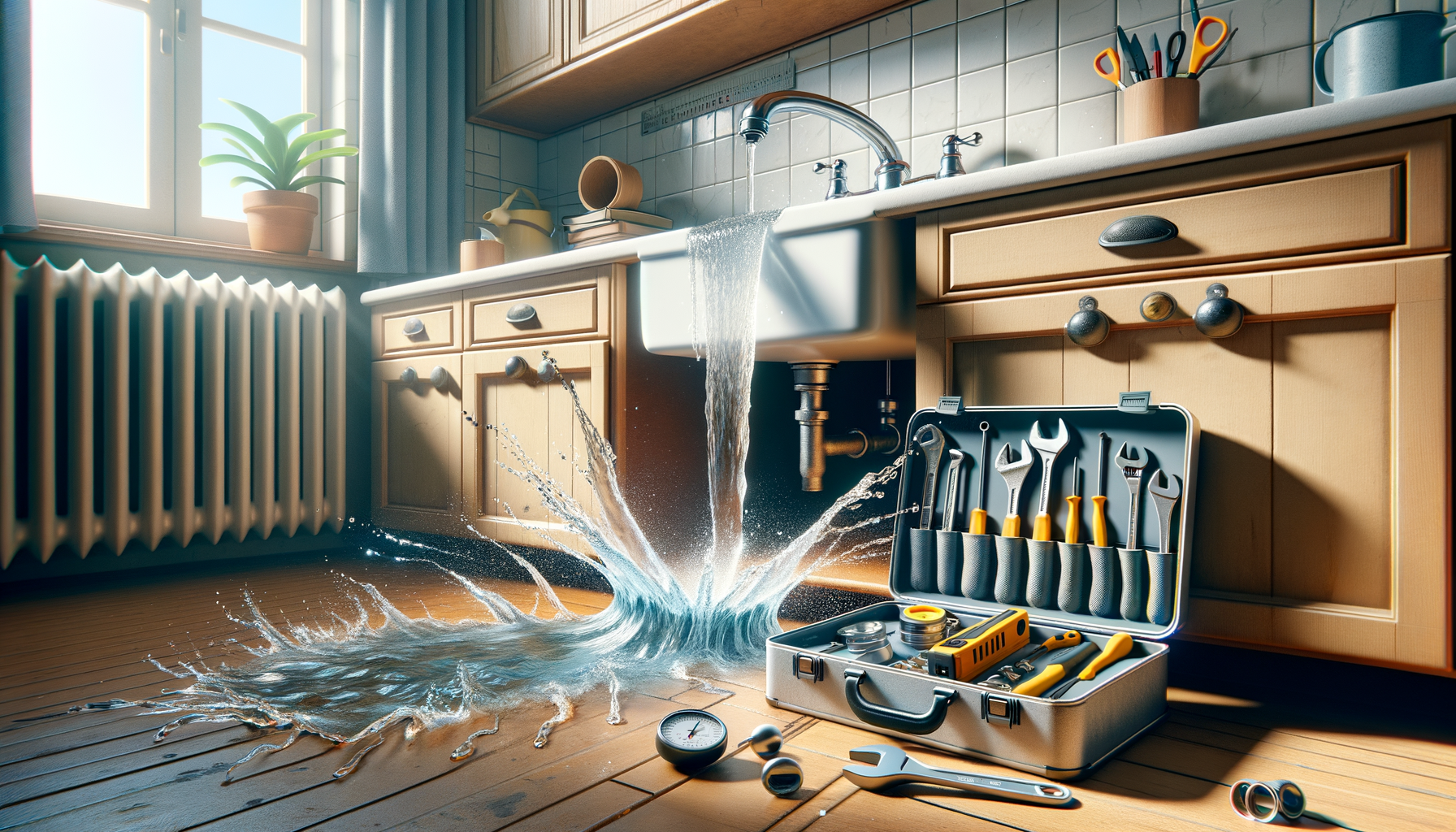Understanding the Causes of Unexpected Leaks
Leaks can occur unexpectedly in various settings, such as homes, offices, or industrial facilities. Understanding the root causes is the first step towards effective intervention. Common causes of leaks include:
- Wear and tear: Over time, materials degrade, leading to potential leaks.
- Poor installation: Improper installation of pipes or equipment can result in weak points.
- Environmental factors: Extreme weather conditions, such as heavy rain or freezing temperatures, can cause pipes to burst.
- Accidental damage: Construction work or accidental impacts can damage pipes and cause leaks.
By identifying these causes, property owners and managers can take proactive steps to prevent leaks. Regular maintenance and inspections are crucial in catching potential issues before they escalate. Additionally, investing in high-quality materials and professional installation can significantly reduce the risk of leaks.
Immediate Steps to Take When a Leak is Detected
Once a leak is detected, swift action is necessary to minimize damage. The following steps should be taken immediately:
- Shut off the water supply: This prevents further water from escaping and causing more damage.
- Identify the source: Determine where the leak is originating to address it effectively.
- Contain the leak: Use towels, buckets, or other materials to contain the water and prevent it from spreading.
- Assess the damage: Evaluate the extent of the damage to prioritize repairs and cleanup.
Acting quickly can prevent minor leaks from turning into major problems. It’s also important to document the damage for insurance purposes. Taking photos and notes can be invaluable when filing a claim.
Long-Term Solutions for Leak Prevention
While immediate action is crucial, long-term solutions are necessary to prevent future leaks. Consider the following strategies:
- Regular maintenance: Schedule routine inspections and maintenance of plumbing systems to catch potential issues early.
- Upgrade materials: Invest in durable, high-quality materials that are less prone to leaks.
- Install leak detection systems: These systems can alert you to leaks before they cause significant damage.
- Educate occupants: Ensure that everyone in the building knows how to respond to leaks and who to contact for repairs.
Implementing these strategies can save time and money in the long run. It’s also beneficial to work with professionals who can provide expert advice and services tailored to your specific needs.
Comparing Professional vs. DIY Leak Repair
When it comes to repairing leaks, property owners often face the decision of whether to hire professionals or attempt a DIY repair. Both options have their advantages and disadvantages:
- Professional repair: Hiring experts ensures that the job is done correctly and efficiently. Professionals have the experience and tools necessary to handle complex repairs. However, this option can be more expensive.
- DIY repair: For minor leaks, DIY repairs can be cost-effective and convenient. Homeowners can use readily available materials and tools. However, there’s a risk of improper repair, which can lead to further damage.
Ultimately, the choice depends on the severity of the leak and the homeowner’s skill level. For significant leaks, it’s advisable to consult with professionals to ensure a thorough and lasting repair.
The Role of Insurance in Leak Management
Insurance can play a vital role in managing the financial impact of leaks. It’s important to understand your policy and what’s covered. Most standard homeowner’s insurance policies cover sudden and accidental leaks, but not damage from neglected maintenance.
To make the most of your insurance:
- Review your policy: Understand what is covered and any exclusions that may apply.
- Document everything: Take photos and keep records of all damage and repairs.
- Contact your insurer promptly: Report the leak as soon as possible to ensure a smooth claims process.
- Keep up with maintenance: Regular maintenance can prevent leaks and demonstrate due diligence to your insurer.
Being informed and proactive can help you navigate the insurance process more effectively, ensuring that you’re adequately compensated for any damages.








